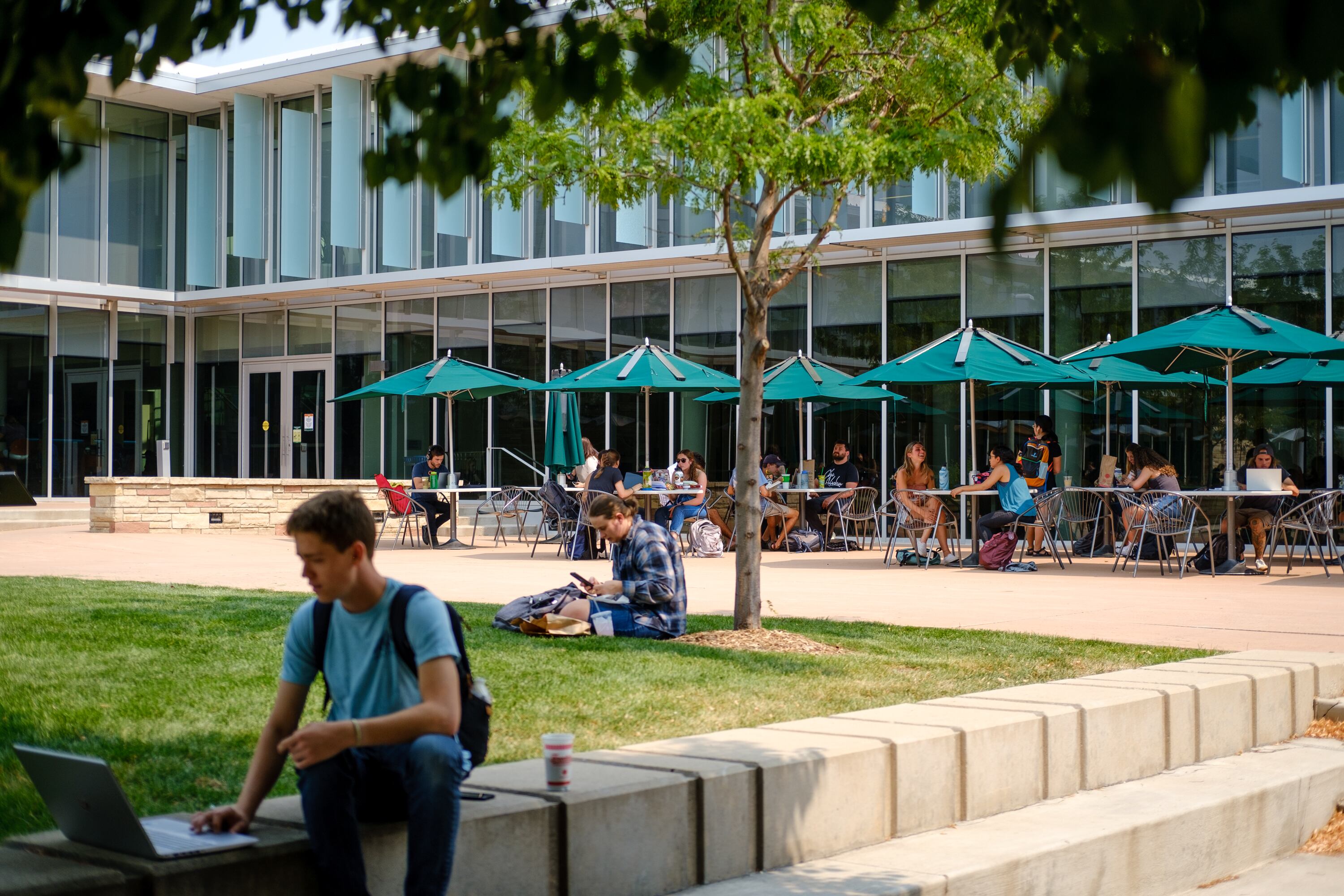Colorado’s 2021 high school graduates were even less likely to go to college than those who graduated in the depths of pandemic shutdowns.
That’s according to the most recent data released by the Colorado Department of Higher Education on college-growing trends in the state.
College-going rates, however, dropped by less than a percentage point from 2020, a sign rates somewhat stabilized after a sharp dip from 2019 — when the start of the pandemic caused a 5 percentage-point drop in high school seniors going to college.
Overall, about 49.9% of 2021 high school graduates went to college, according to new numbers outlined in a statewide report that annually tracks postsecondary progress. The rate is much lower than the national average of 61.8%.
Colorado Department of Higher Education Executive Director Angie Paccione said in a news release the college-going trends are concerning.
“We must work harder to promote the value of higher education and what our colleges and universities in Colorado have to offer,” she said. The report lags behind a year, with data about the 2022 class to be released next year.
The 2020-21 year was especially challenging because many high school students learned remotely and had fewer college-going resources like counselors and financial aid help. College classes also were mostly remote, which cut into enrollment because students preferred a fuller college experience. Some students opted to work instead of attend college.
The pandemic challenges have caused a statewide and nationwide decline in college enrollment, especially at community colleges. Total postsecondary enrollment across the country has dropped by about a million students since the start of the pandemic, according to National Student Clearinghouse numbers.
Colorado’s annual report also details other college trends. Here are four other highlights from the report.
Some student groups still less likely to go to college
In the last six years, college enrollment among all ethnicities has dropped.
The trend continued in 2021, with Black, Hispanic, and American Indian students going at much lower rates.
In 2021, American Indian students went to college at the lowest rate, at about 34% of the group’s graduating students. Hispanic students had the second lowest rate at 38% and were the second largest demographic group next to white students. About 47.6% of Black graduating students went to college.
In comparison, about 55% of white high school graduates went to college in 2021.
Students who are low income also are less likely to go to college than their peers. About 35% of those students who graduated in 2021 went to college, compared with about 55% of students who don’t qualify for free or reduced price lunch, a proxy for income level.
What about the students who delayed college?
At the end of the 2019-20 school year, as the pandemic limited public interaction, students reevaluated their college options. Many students said they would take time off before going to college.
Overall, about 58% of the students who graduated in 2020 ended up in college a year later. The rate is about 4.5 percentage points lower than the 2019 class rate.
Where are graduates going?
More Colorado students than ever are going out of state to college.
From 2009 to 2021, the portion of the state’s high school graduates who chose out-of-state college rose from 19.5% to 29%. That figure jumped 4 percentage points in 2021 alone.
The figures show that Colorado must do better keeping its own, Paccione of the state’s higher education department said in the news release. The exodus is creating an enrollment cliff for state colleges, she said.
Arizona and California are the top choices for Colorado high school graduates, followed by Utah, Montana, and Kansas. Students are also going in high numbers to Oregon, Florida, Washington, and New York.
Colorado tuition has increased over the years, making some in-state options less competitive.
Colorado school officials have said a recent change in the law could help attract more in-state students.
A law passed this year will allow Colorado schools to enroll more out-of-state students as long as colleges provide more in-state merit scholarships for Colorado students. Schools said the tradeoff will bring in out-of-state students who pay higher tuition that will help fund scholarships for Colorado students and enable schools to compete with financial aid packages offered elsewhere.
Fewer students take developmental education classes
The number of students taking developmental classes — those that help them catch up to college level — dropped to its lowest rate in the last decade.
Just under 17% of the class of 2021 took remedial education classes. That’s down from 30% the year before when colleges saw a slight spike in students needing remedial classes.
The state said the decrease shows K-12 schools are better preparing students for college. The state also made changes that use multiple measures to assess whether a student needs developmental classes.
The state also changed policy to ensure students earn credit for taking those classes and increased support for students needing to catch up.
Jason Gonzales is a reporter covering higher education and the Colorado legislature. Chalkbeat Colorado partners with Open Campus on higher education coverage. Contact Jason at jgonzales@chalkbeat.org.







